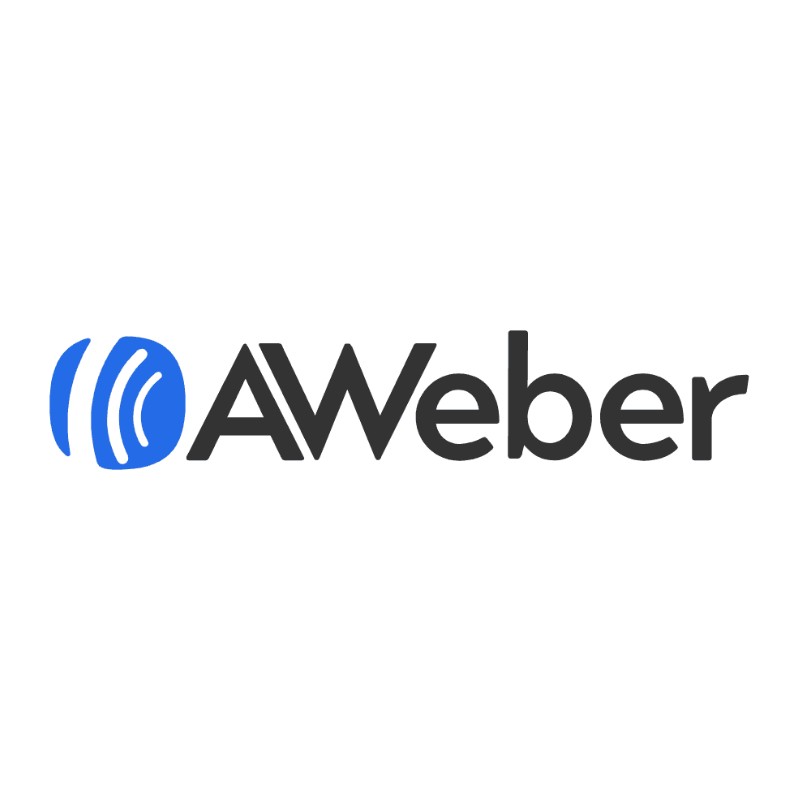FAQ'sFrequently Asked Questions about Hugging Face
Who are Hugging Face?
Hugging Face is a technology company that focuses on natural language processing (NLP) and artificial intelligence (AI). Founded in 2016, their mission is to democratise AI and make it accessible to everyone, enabling users to build and deploy machine learning models and tools for various applications.
What are Hugging Faces products?
Hugging Face offers a range of products, including the Transformers library, which provides pre-trained models for various NLP tasks, and the Datasets library, which offers a collection of datasets for machine learning. They also provide tools for model training, deployment, and collaboration, such as the Hugging Face Hub.
What services do Hugging Face offer?
Hugging Face offers services that include model training, hosting, and deployment through their API, as well as community support and resources for developers. They also provide tutorials and documentation to help users effectively utilise their tools.
What type of companies do Hugging Faces products suit?
Hugging Faces products are suitable for a wide range of companies, from start-ups to large enterprises, particularly those involved in tech, research, and data science. Their tools are beneficial for organisations looking to implement AI solutions in areas like customer service, content generation, and analytics.
How much do Hugging Faces products cost?
Hugging Face offers both free and paid services. Many features in the Transformers library and Datasets library are available at no cost. For enterprise-level solutions and additional features, pricing varies based on the specific needs and scale of use.
Does Hugging Face offer a free trial?
Hugging Face does not specifically advertise a free trial; however, many of their core products and libraries can be accessed without charge, allowing users to explore their functionalities before committing to paid services.
What discounts does Hugging Face offer on their products?
Hugging Face occasionally offers discounts or promotional pricing for educational institutions and non-profit organisations. Users are encouraged to check their website or contact support for current offers.
Are there any hidden fees or additional costs with Hugging Face?
Hugging Face is transparent about their pricing structure. While many tools are free, users should review the specific terms of any enterprise agreements or subscription-based services to understand potential costs.
Who uses Hugging Faces products?
Hugging Faces products are used by data scientists, researchers, developers, and businesses across various industries. Their tools are particularly popular among those working in AI, machine learning, and software development.
What are the main features of Hugging Faces products/services?
Main features include access to pre-trained models for tasks such as text classification, translation, and summarisation; a vast collection of datasets; an easy-to-use API; and collaboration tools that facilitate sharing and deploying models.
How does Hugging Face compare to its competitors?
Hugging Face is known for its user-friendly interface and extensive model library, which often makes it a preferred choice among developers. While there are other platforms offering similar services, Hugging Faces focus on community and open-source contributions sets it apart.
Is Hugging Faces platform easy to use?
Yes, Hugging Faces platform is designed to be user-friendly, with clear documentation and tutorials that help users get started quickly, even those who may not have extensive experience in machine learning.
How easy is it to set up Hugging Faces product or service?
Setting up Hugging Faces products is relatively straightforward. Users can integrate the libraries into their projects with minimal configuration, and comprehensive guides are available to assist with installation.
Is Hugging Face reliable?
Yes, Hugging Face is considered a reliable platform. They have a strong reputation within the AI community and regularly update their tools and models to ensure functionality and performance.
Does Hugging Face offer customer support?
Hugging Face provides customer support through their community forum, GitHub issues, and documentation. They also offer a subscription service for enterprise users, which may include dedicated support.
How secure is Hugging Face’s platform?
Hugging Face takes security seriously, implementing standard security practices to protect user data and maintain the integrity of their services. However, users should review their security policies for specific details.
Does Hugging Face integrate with other tools or platforms?
Yes, Hugging Face integrates with various tools and platforms, including popular frameworks like TensorFlow and PyTorch, as well as cloud services for deployment. This flexibility allows users to incorporate Hugging Face models into their existing workflows.
Can I use Hugging Face on mobile devices?
While Hugging Faces libraries are primarily designed for server-side applications, models can be exported and used in mobile applications with the right integration. Some community-contributed projects facilitate this process.
What do users say about Hugging Face?
User feedback on Hugging Face is generally positive, highlighting the quality of their models, ease of use, and the supportive community. Some users have noted that the learning curve can be steep for complex tasks.
What are the pros and cons of Hugging Face?
Pros include a large selection of pre-trained models, strong community support, and comprehensive documentation. Cons may involve the learning curve for advanced functionalities and reliance on internet connectivity for some services.
How can I purchase Hugging Face’s services?
Users can access Hugging Faces services by signing up on their website. For enterprise-level solutions, users may need to contact their sales team for tailored options and pricing.
What is the cancellation or refund policy for Hugging Face?
Hugging Faces policies on cancellation and refunds may vary depending on the services purchased. Users should review the terms at the time of purchase or contact customer support for specific inquiries.
Who uses Hugging Face?
Hugging Face is used by a diverse group of professionals, including data scientists, engineers, researchers, and academic institutions, particularly those involved in AI and machine learning projects.
What are the common use cases for Hugging Face?
Common use cases include natural language understanding, chatbot development, content generation, text summarisation, and sentiment analysis, among others.
Why choose Hugging Face over other options?
Hugging Face is often chosen for its strong community support, extensive library of models, and ease of integration with popular machine learning frameworks, making it a versatile option for developers.
How easy is it to set up Hugging Face?
Setting up Hugging Face is generally easy, with clear installation instructions and examples provided in their documentation. Most users can get started with minimal technical knowledge.
Does Hugging Face offer training or tutorials?
Yes, Hugging Face provides a variety of tutorials, guides, and documentation to help users understand how to use their tools and libraries effectively. These resources are designed for users at all skill levels.
What languages does Hugging Face support?
Hugging Face primarily focuses on English for many of its pre-trained models, but it also supports several other languages, including Spanish, French, German, and more, depending on the availability of data and models.
What problems does Hugging Face solve?
Hugging Face addresses challenges related to natural language processing by providing accessible tools and pre-trained models that streamline the development process for AI applications, reducing the need for extensive machine learning expertise.
Is Hugging Face worth the investment?
For organisations and individuals looking to implement NLP solutions, Hugging Face can be a valuable investment due to its robust tools and community support. However, the worth will depend on specific use cases and requirements.






Leave a Reply
You must be logged in to post a comment.